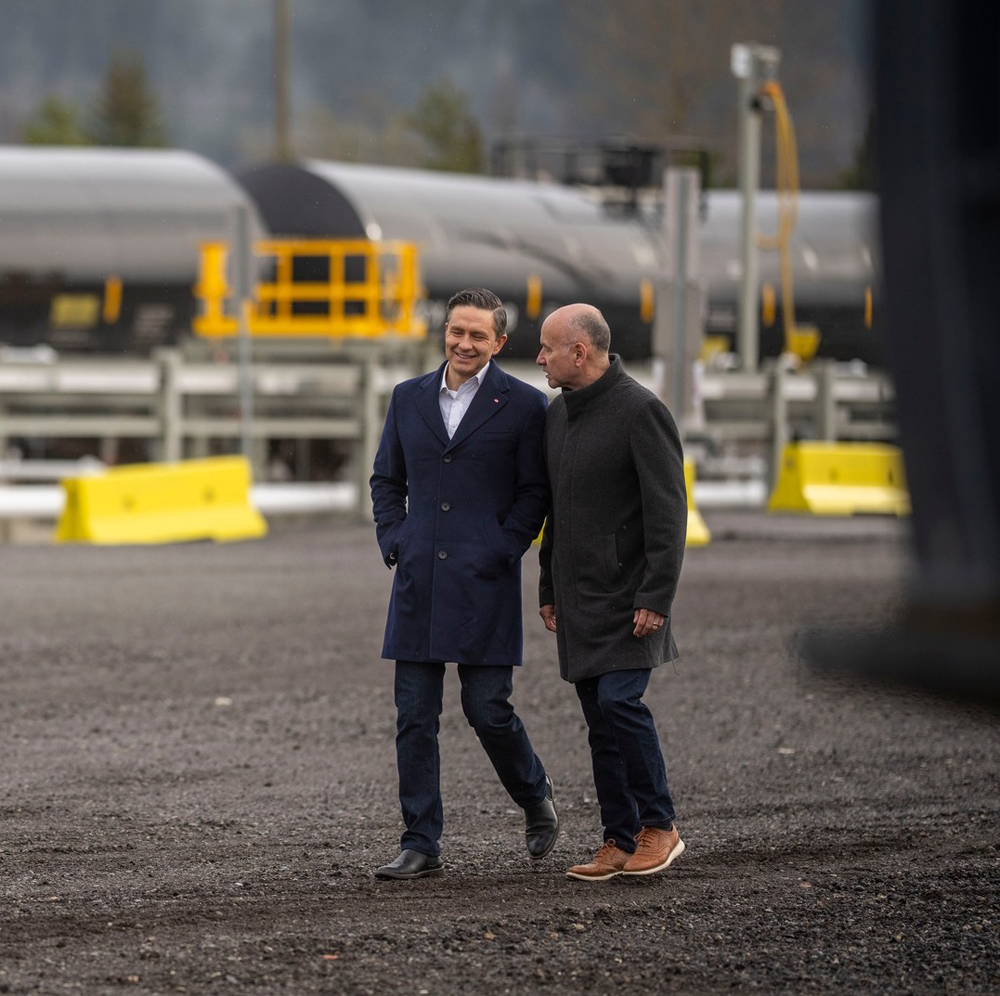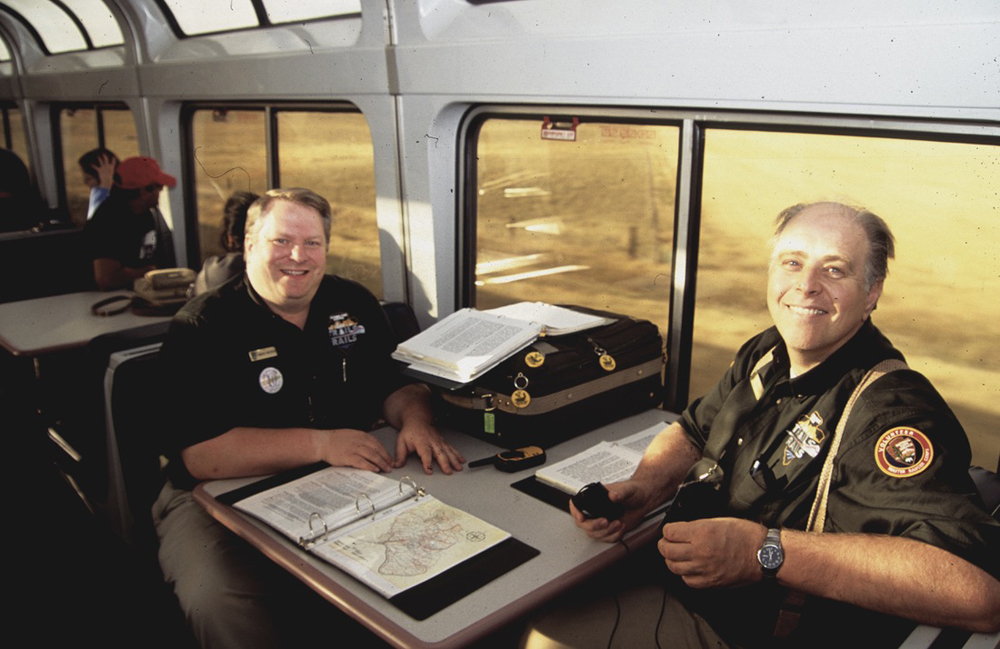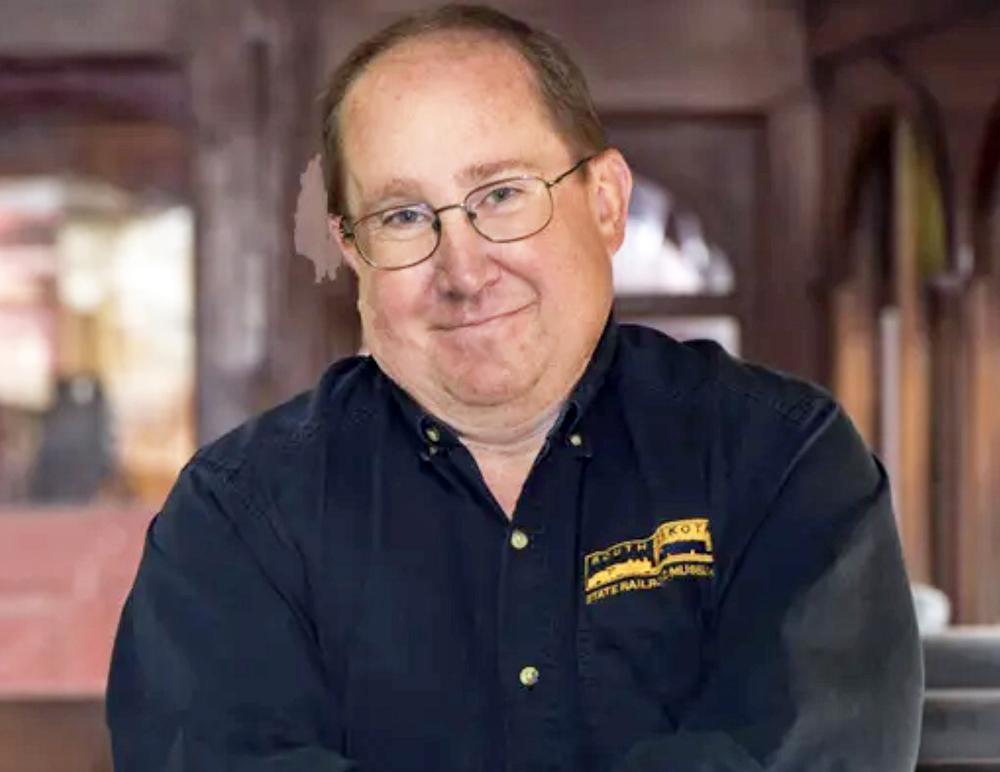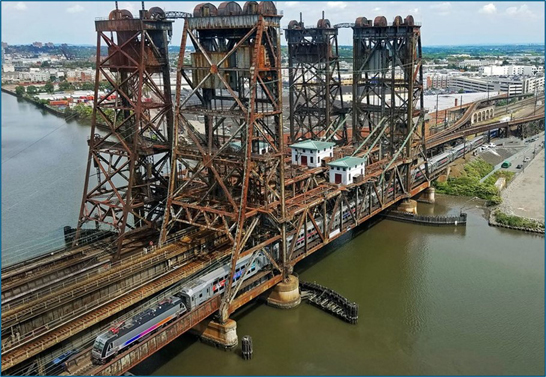Jim LeVere, BNSF Railway vice president, engineering – signals, telecommunications and network control systems, made that point Sunday during a panel discussion on PTC at the National Railroad Construction and Maintenance Association conference at the J.W. Marriott Resort at Marco Island.
“I can tell you very assuredly that we have prevented collisions,” LeVere said. “Out on the Hereford Subdivision of West Texas into New Mexico … a car rolled out of an elevator track. Track circuit shunted, but [the train’s engineer] was past the signal, so he would not have seen it. But PTC was enforced, and it stopped the train before he collided with this car. …
“How bad could the collision have been? You never know. That’s something you can never predict. We’ve had a number of incidents where PTC has prevented [an accident], but we don’t go out and say, here’s another case where it did what it’s supposed to do.”
BNSF has generally led the PTC effort among the Class I railroads, placing the technology in service on the 88 subdivisions where it was required by December 2017, and subsequently expanding it to five additional subdivisions. And the railroad continues to work with others on the technology, “particularly Union Pacific,” LaVere said. “We interlock with those guys more than just about anybody in the western half of the U.S.”
Working together will be crucial to making PTC work across the national rail network, said Carl Walker, CSX Transportation chief engineer, communication and signals.
“For us as an industry that now has very like systems,” Walker said, “it’s going to be very important for us to communicate with one another and share our issues, so we can work on these problems together. What’s in my house may help you in your house.”
Under Administrator Ron Batory, the Federal Railroad Administration has helped facilitate such exchanges, said Tom Hilliard, Canadian National assistant chief, communication and signals.
“I’ve been very impressed with the FRA under his leadership,” Hilliard said. “For example, he put together some symposiums that brought us all into the same room, four times. And to Carl’s point, we’re all sharing and learning off each other. I thought that was very, very powerful.”
Still, the technological challenges of PTC remain significant, not least because of its complexity.
“Just to give you an idea of the magnitude of the interfaces between us,” said John Leonardo, Canadian Pacific general manager, wayside train ctonrol, “ there’s approximately 120 software versions, device software, that we all have to be in sync with. One hundred twenty. The IT guy can’t say, I’m rolling out [version] 2.0 tonight. We all have to do it.”
Now that PTC is in place on a majority of the required territory on each railroad, making the systems work reliably is the increasing focus. And that’s no small task, Leonardo noted.
“Our system’s probably 87 to 90 percent reliable,” he said. “… A triage team started in December. They are looking at every single [incident] ticket to make sure we get the reliability up. … Our trouble tickets can take two hours to 24 hours to figure out. That stuff is so complex and involves so many systems.”
Walker said CSX has PTC implemented on 132 of 134 subdivisions, and continues to learn as it goes.
“We do see issues that keep cropping up as we roll out new subdivisions. … We have desks set up with our technology folks that respond almost immediately to begin troubleshooting any issues. Most of the time, they are able to rectify [the problems] remotely without us having to send any signal maintainers to the locations. …
“We don’t know what we don’t know about PTC yet. … We’re going to continue to see things that we’ve seen before, and we’re going to see things we haven’t seen yet.”
At the same time, said Neal Hathaway, Union Pacific assistant vice president of engineering-signals, the underlying technology is sound.
“The system itself works as well as any other electronic system we have,” Hathaway said. “… We’re in the tuning phase right now. I don’t have this glaring [case where] we have this big problem with one set of software or equipment. … I don’t see it as there’s major problems with hardware or software. It’s just the overall signal system improving.”
Sunday’s only other scheduled session, an update from Federal Railroad Administration Deputy Administrator Mathew Sturges, was cancelled because of the ongoing partial shutdown of the federal government. FRA officials may not appear as scheduled at other events during the conference because of the shutdown.














